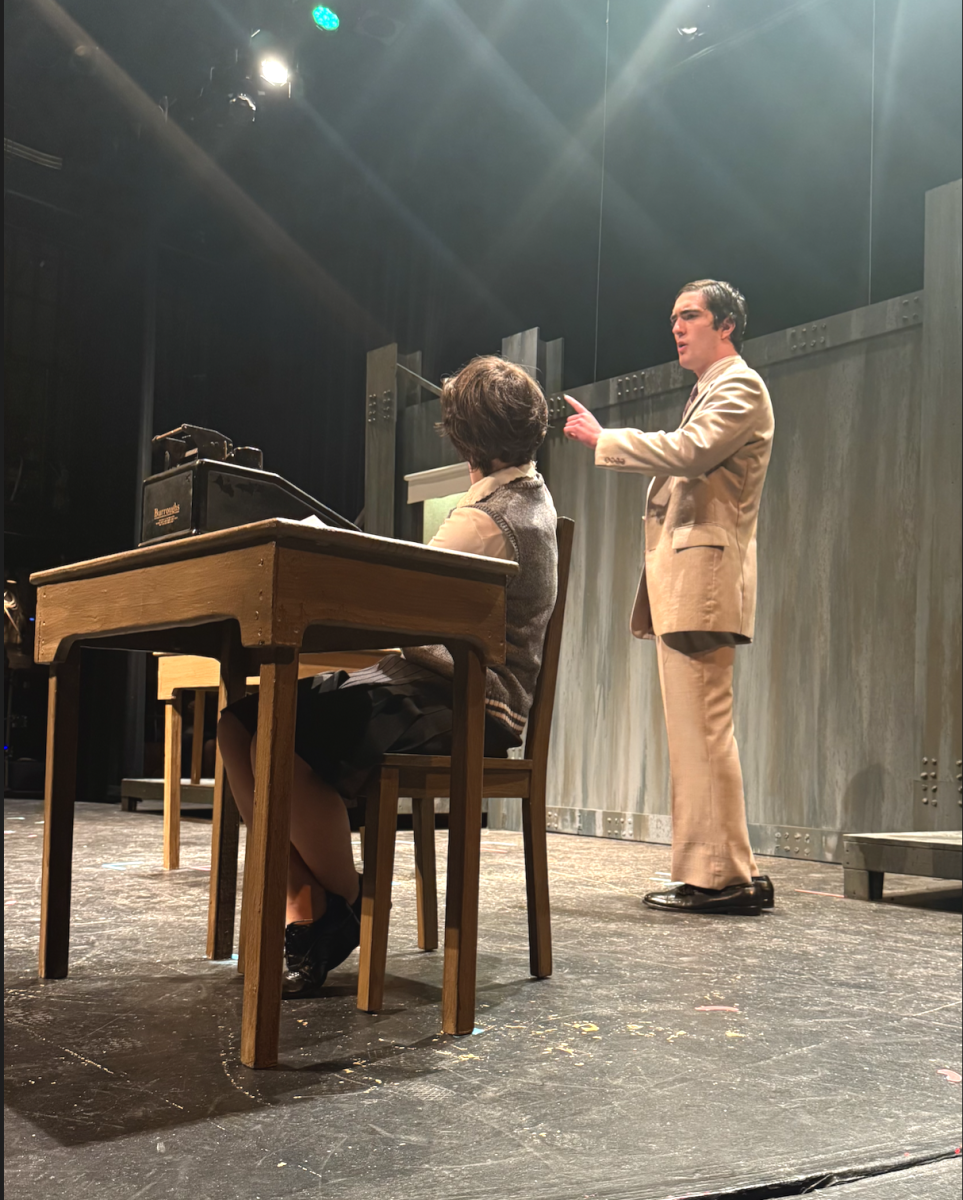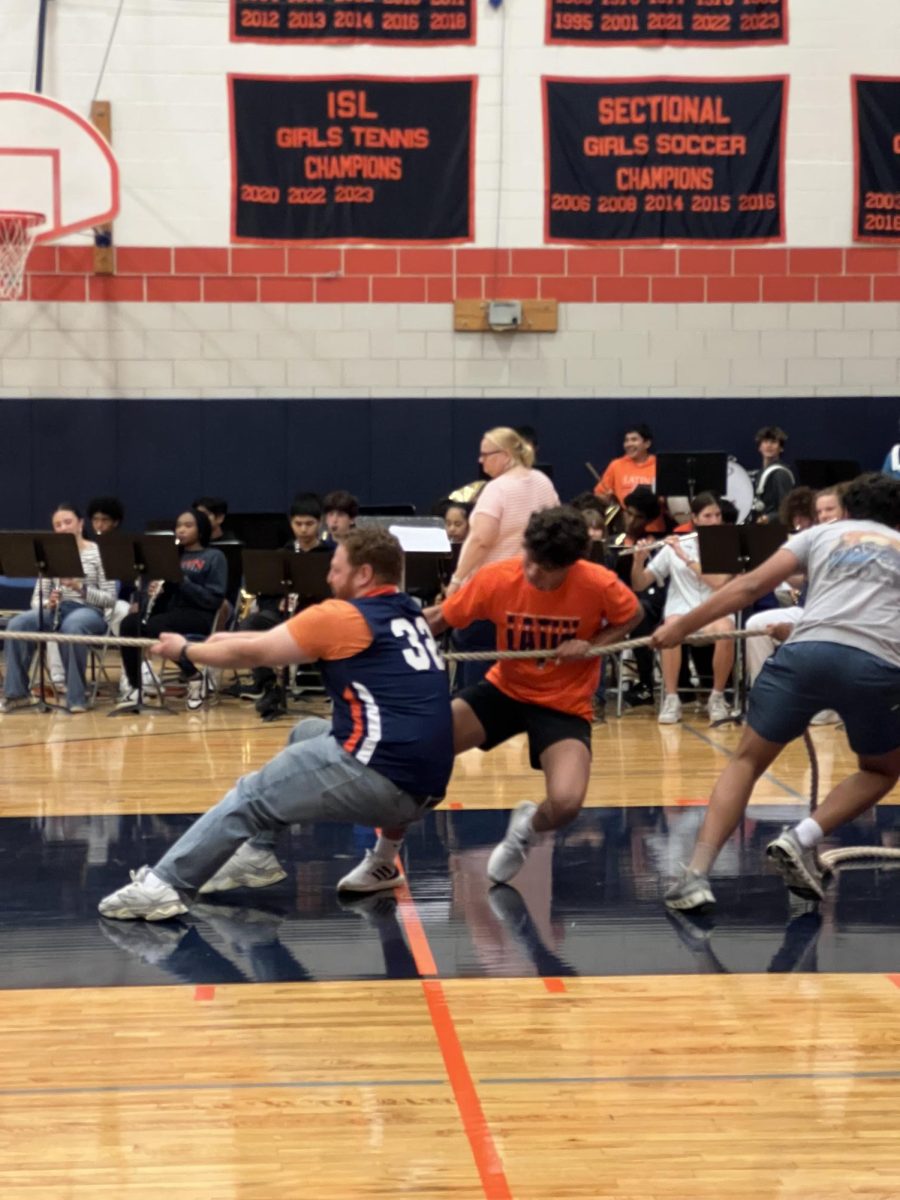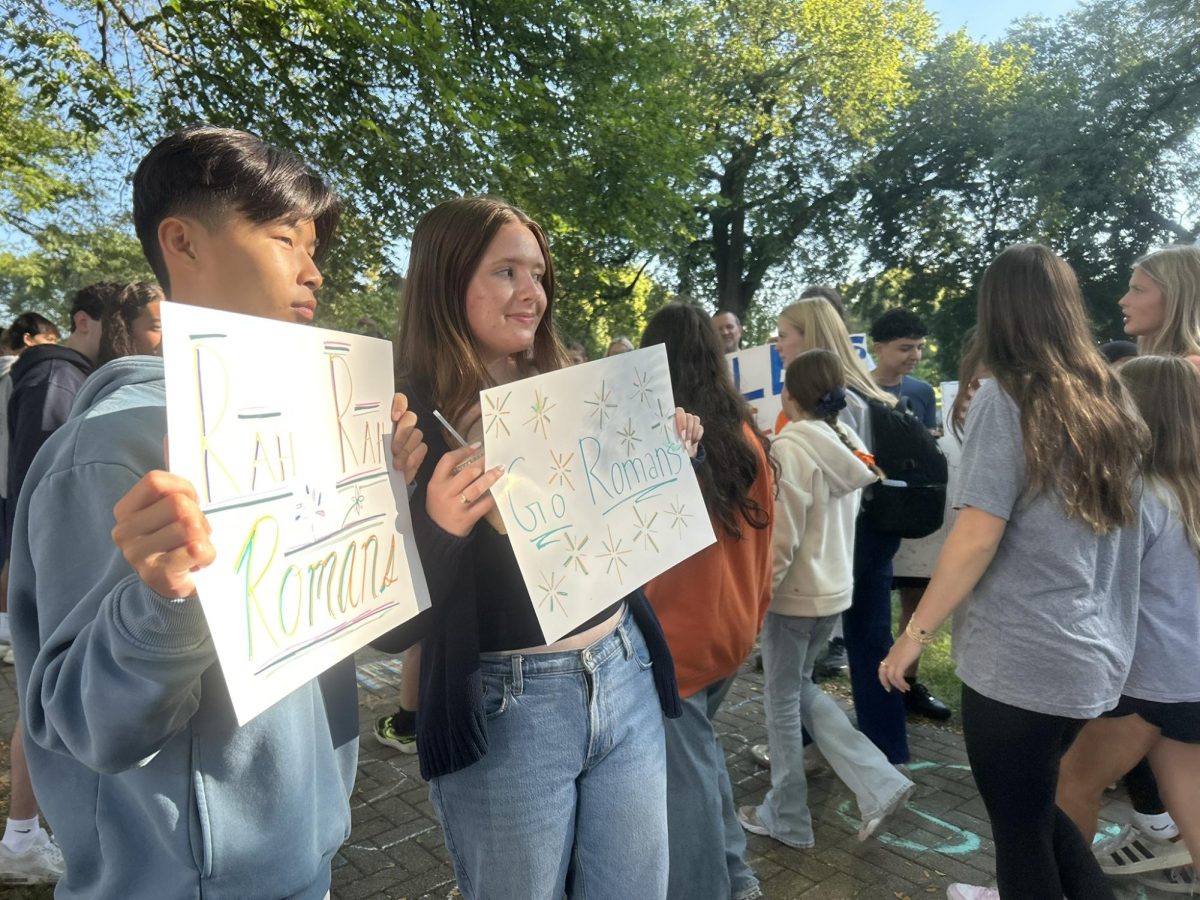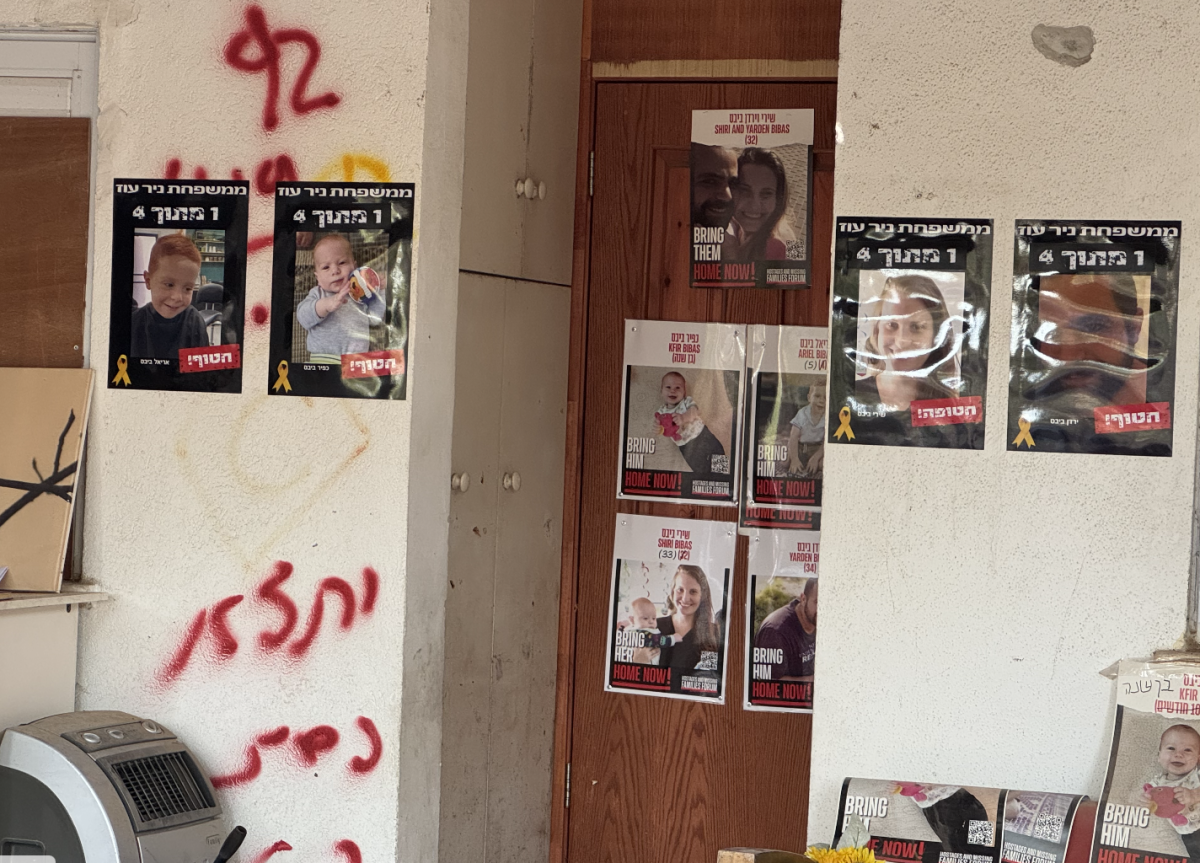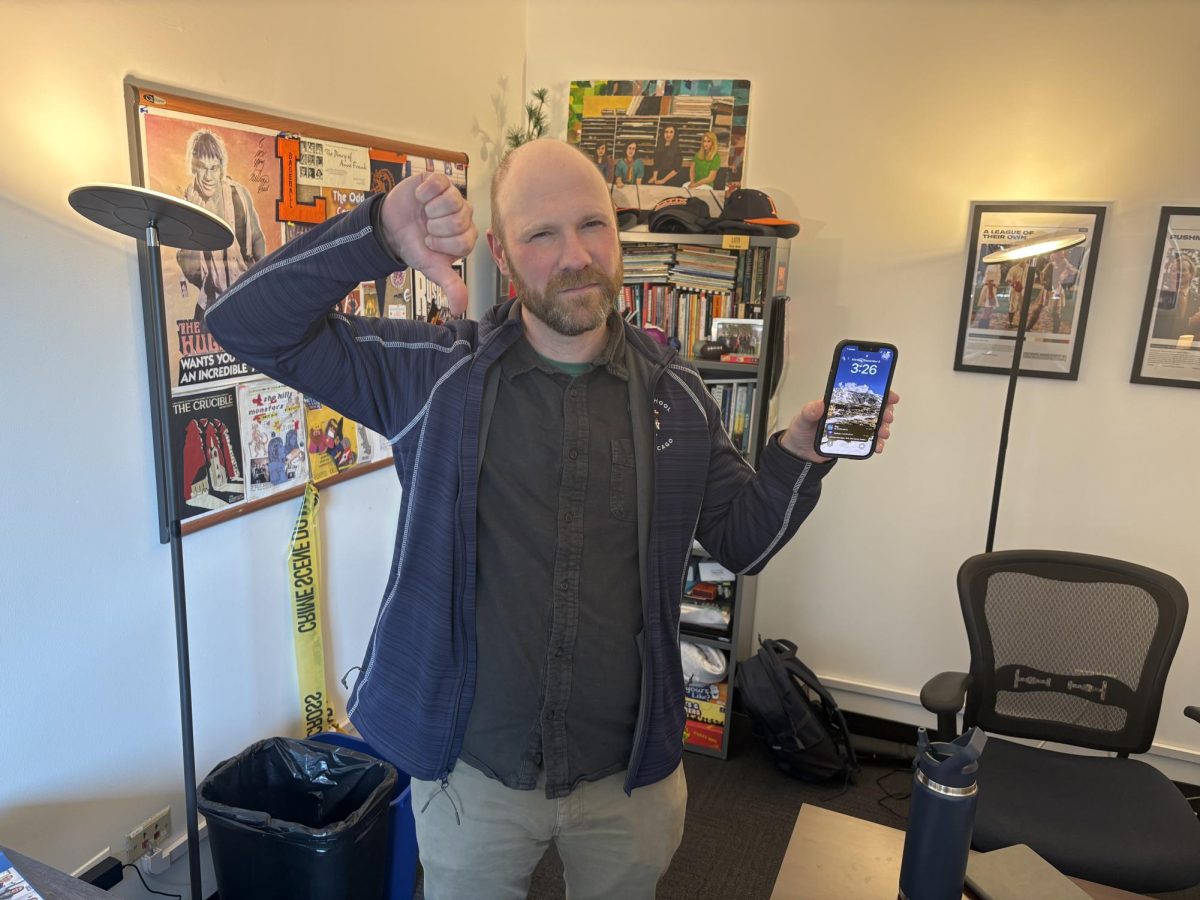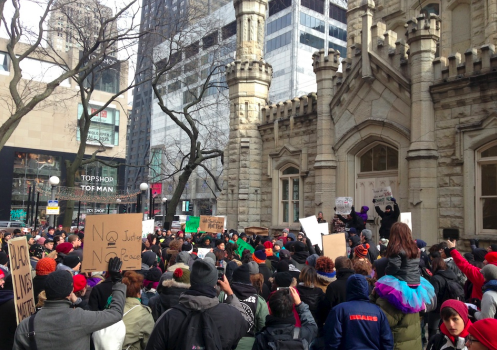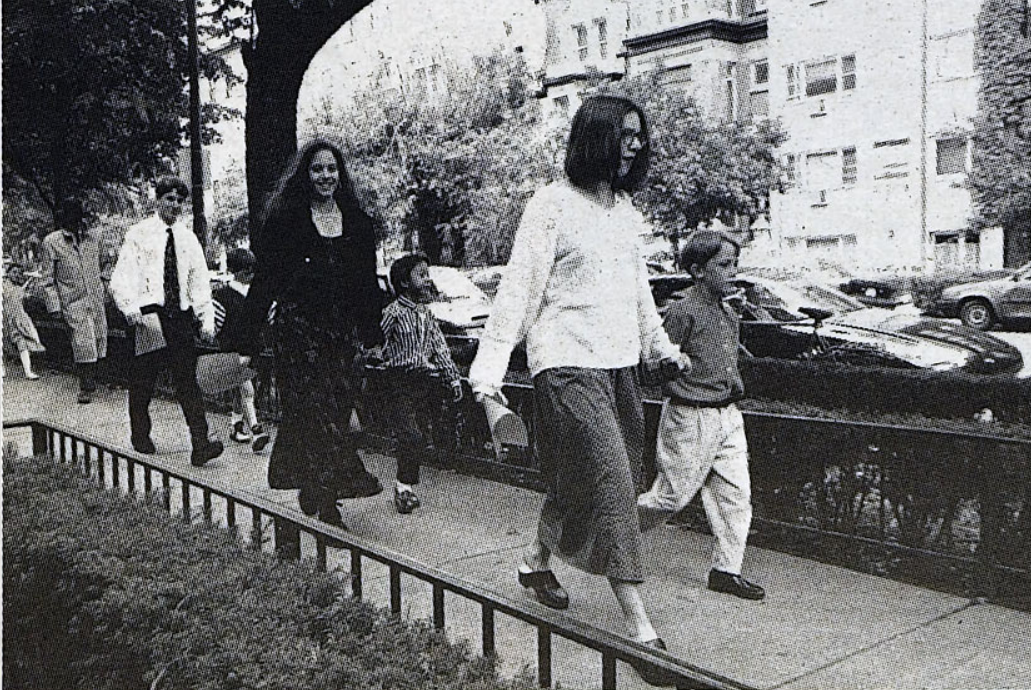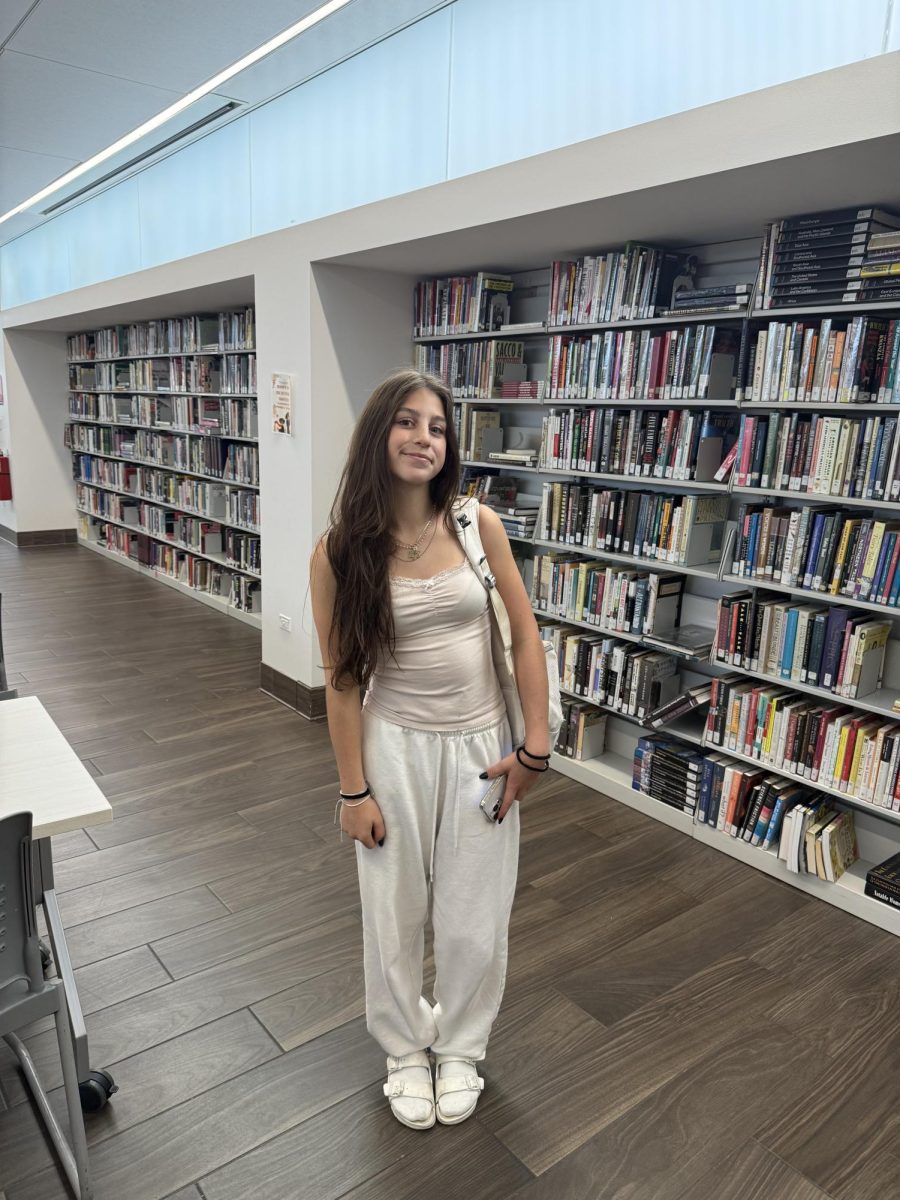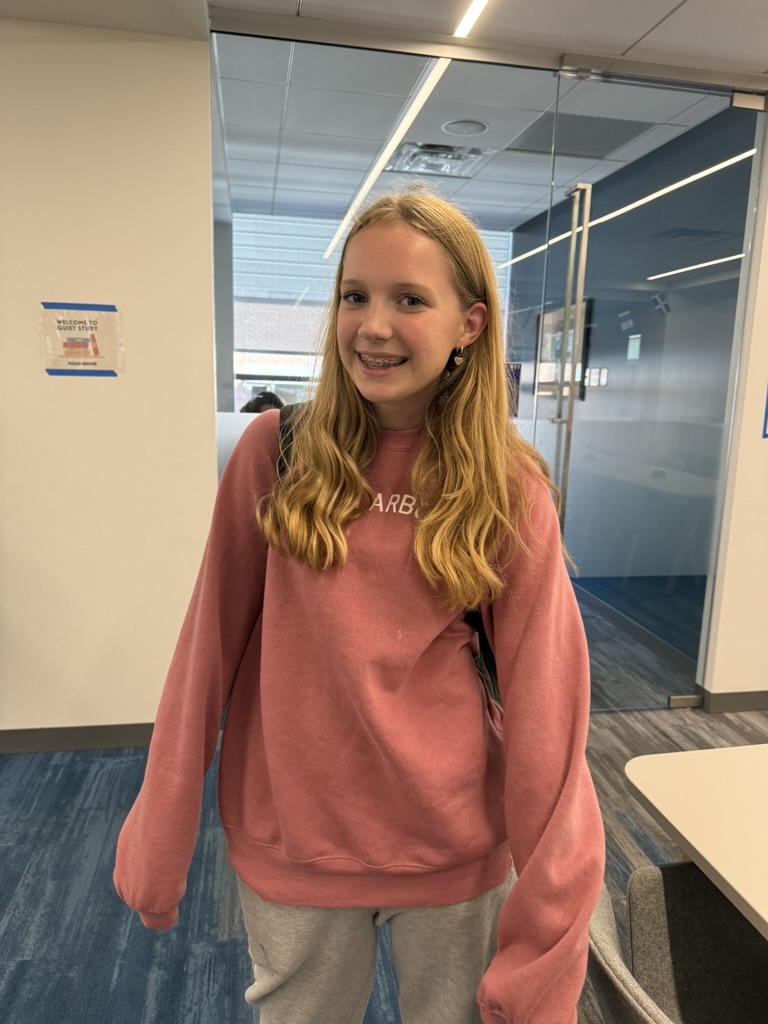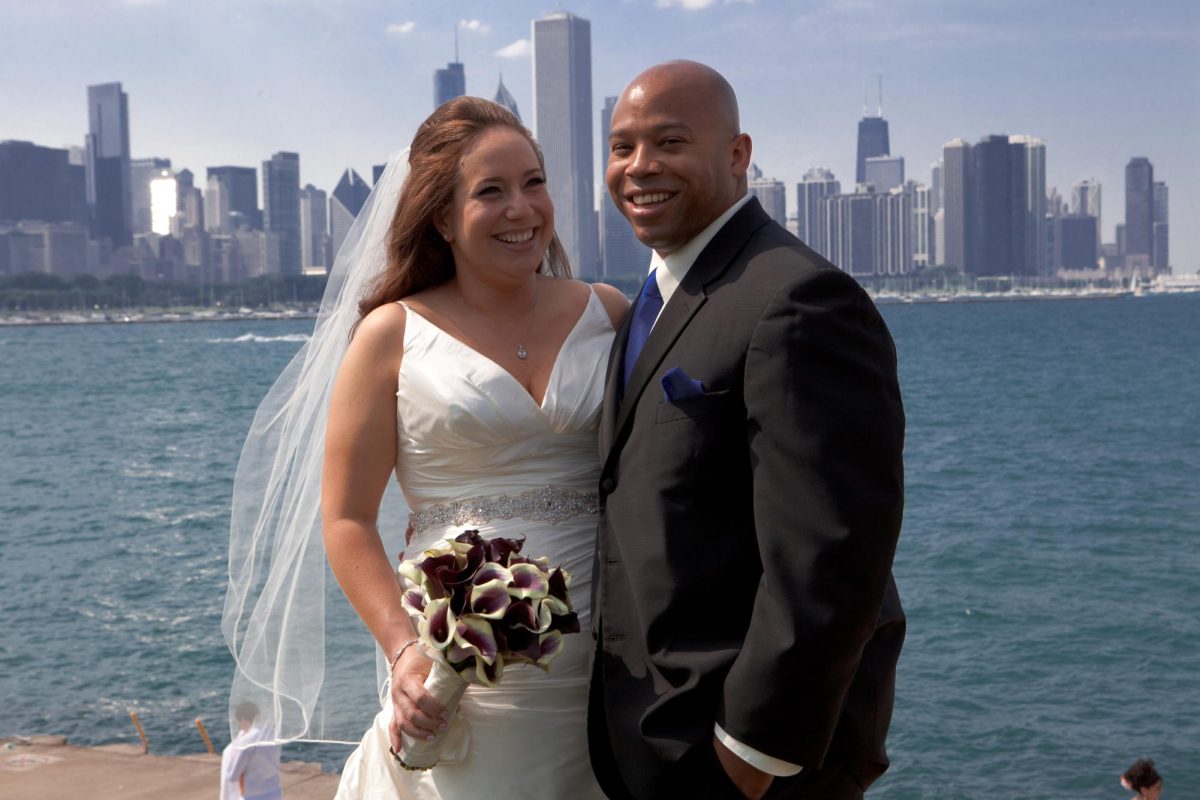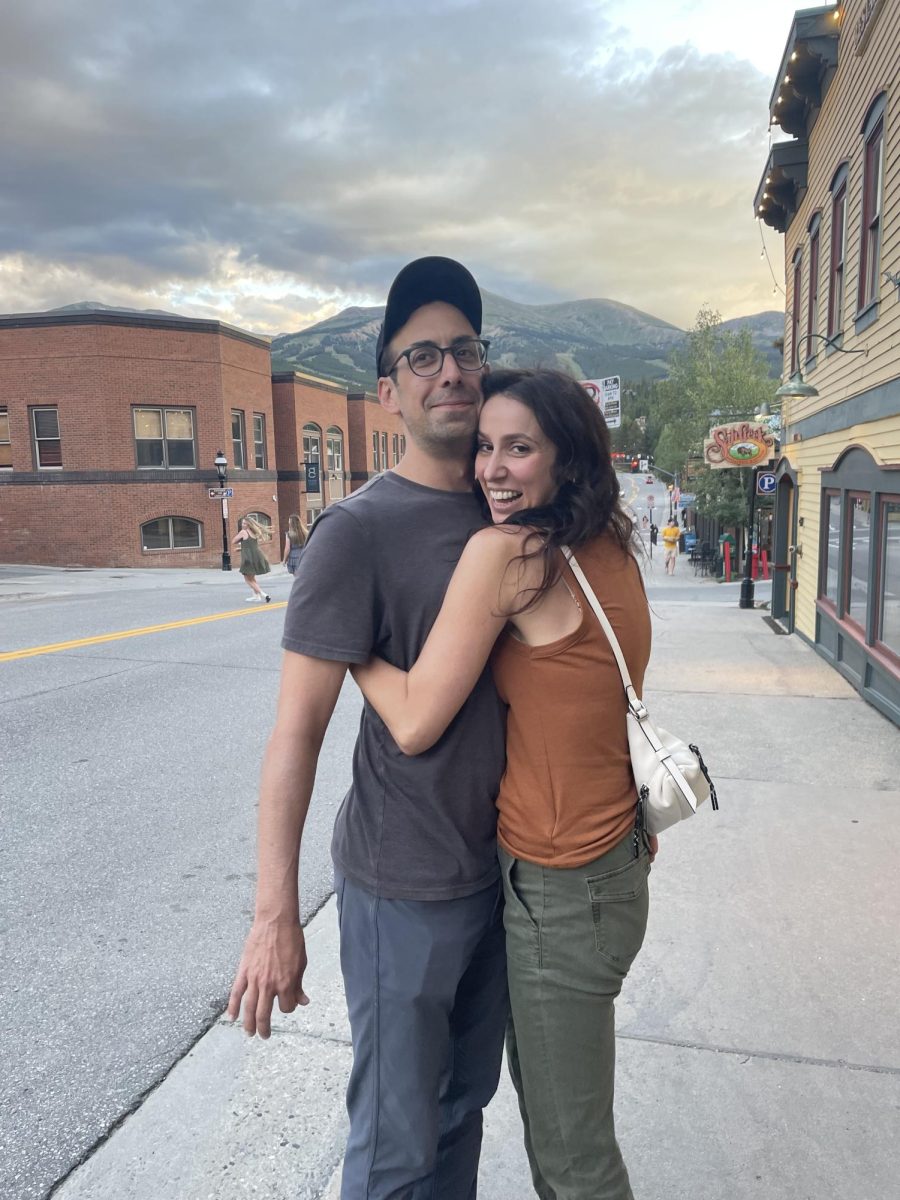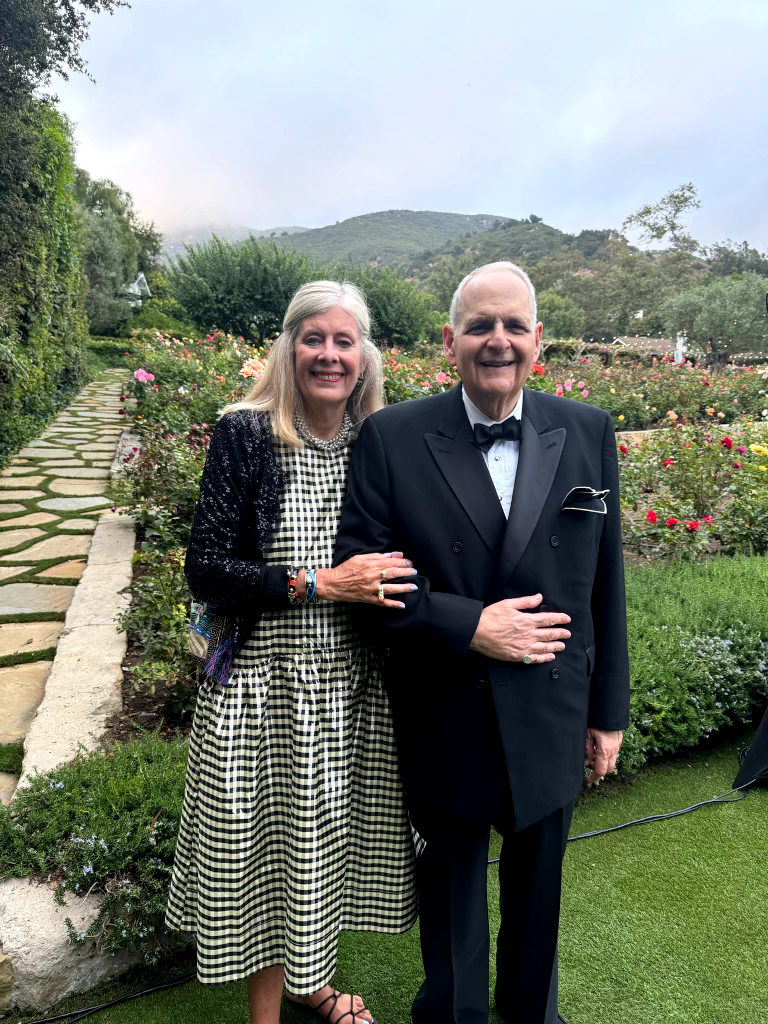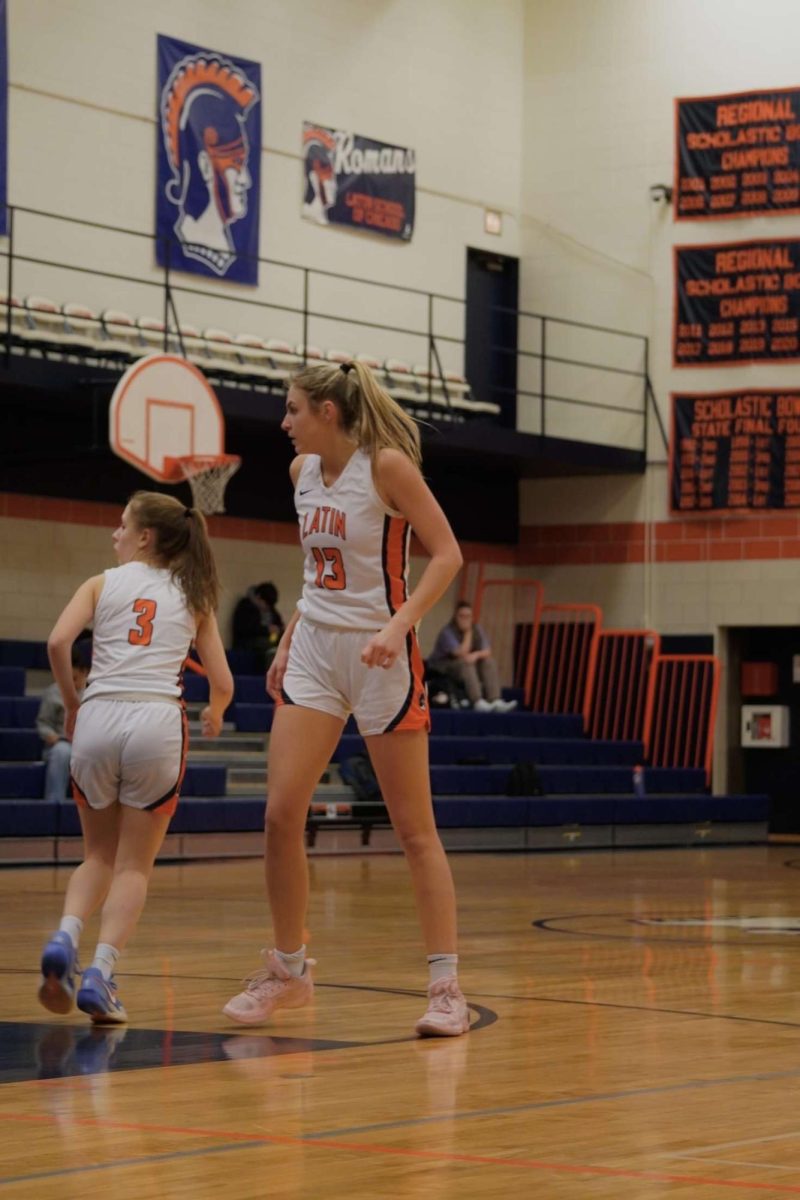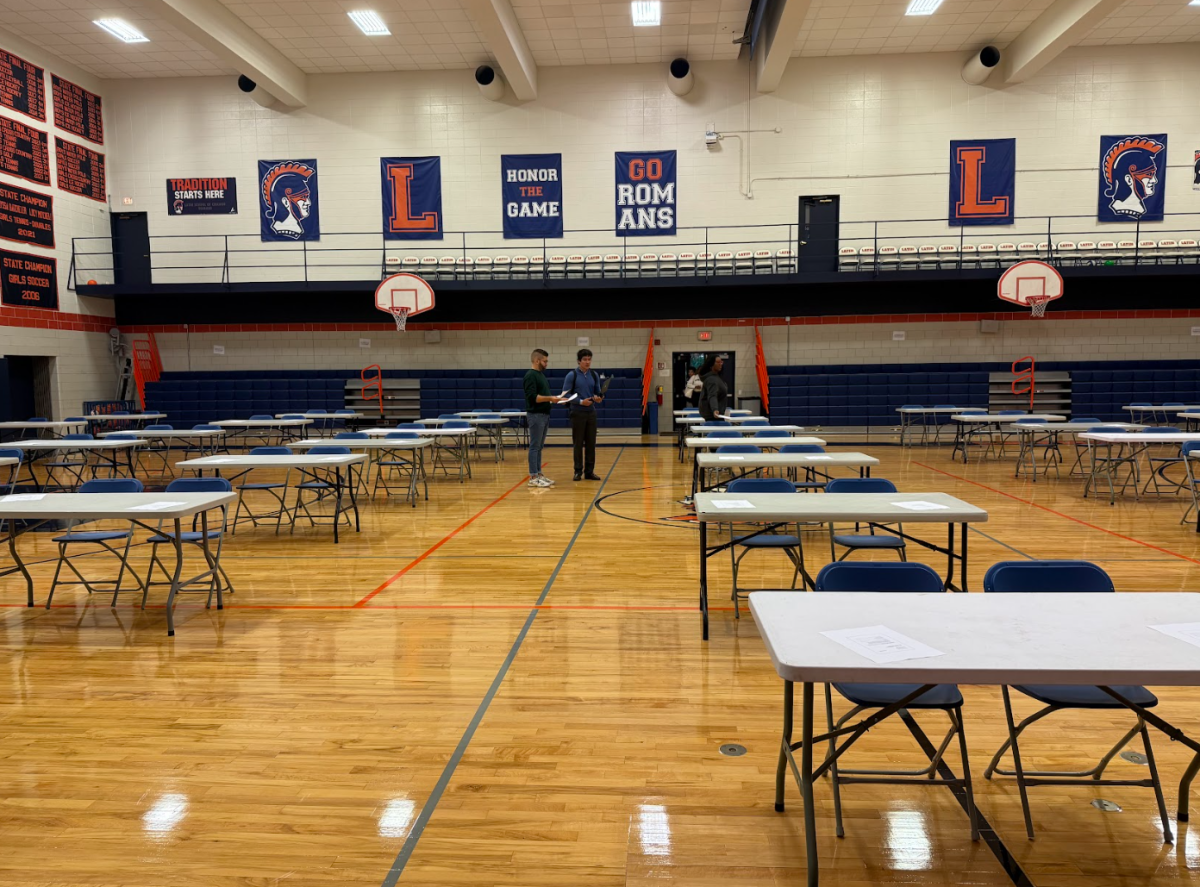Alice Bolandhemat The end of first quarter brings grade reports and the feedback survey: the only time students are allowed to voice their concerns anonymously. At gathering, Mr. Greer announced that this year, vulgar or harmful comments could be tracked back to a student via their ID number. This choice may have the unintended consequence of students withholding their opinions in fear of any negative ramifications that their comments could bring. If a student knows what they say on the survey could be traced back to them, will they honestly answer every question on the survey? If not, how useful are the responses if they are not completely truthful? I interviewed Mr. Greer, Director of Studies and Professional Development, to try to find out. Mr. Greer, along with the IT department and several other faculty members, designed the survey. Mr. Simon, the head of the IT department, coded the website himself. The survey was tested before it became available to teachers and students to ensure everything ran smoothly. In the presentation at Gathering, Mr. Greer revealed the new changes made to the survey. “Hopefully the students will still see the survey as anonymous, which it is. The ability to trace their responses back to the student’s ID is just to ensure that the students remain truthful yet respectful. We tried our best to convey that during our presentation at gathering,” Mr. Greer said. Once all of the results are in, they are analyzed for common trends. They are then turned into statistics. Common responses throughout the entire class or school are given special consideration and typically put into effect. It is up to the teacher on how they incorporate responses into their classroom. When asked if teachers were required to incorporate the results into their class, Mr. Greer said, “There is no specific requirement for a teacher to change their curriculum based on the survey, but it is beneficial to use the responses to make the students’ experience in the class more enjoyable.” The survey benefits students because it provides them with a meaningful opportunity to express their concerns. It allows them to have a voice. Although the year is not even halfway over, “the survey brings any issues to the teacher’s attention to put a stop to them before they can grow any larger.” Since this year’s survey differs from previous years “[the faculty] are anxious to see how the results contrast with those from other years.” However, with just over two weeks’ worth of responses in so far, it is too early to decipher.]]>
Categories:
Changing How We Look at Feedback
November 17, 2016
0

